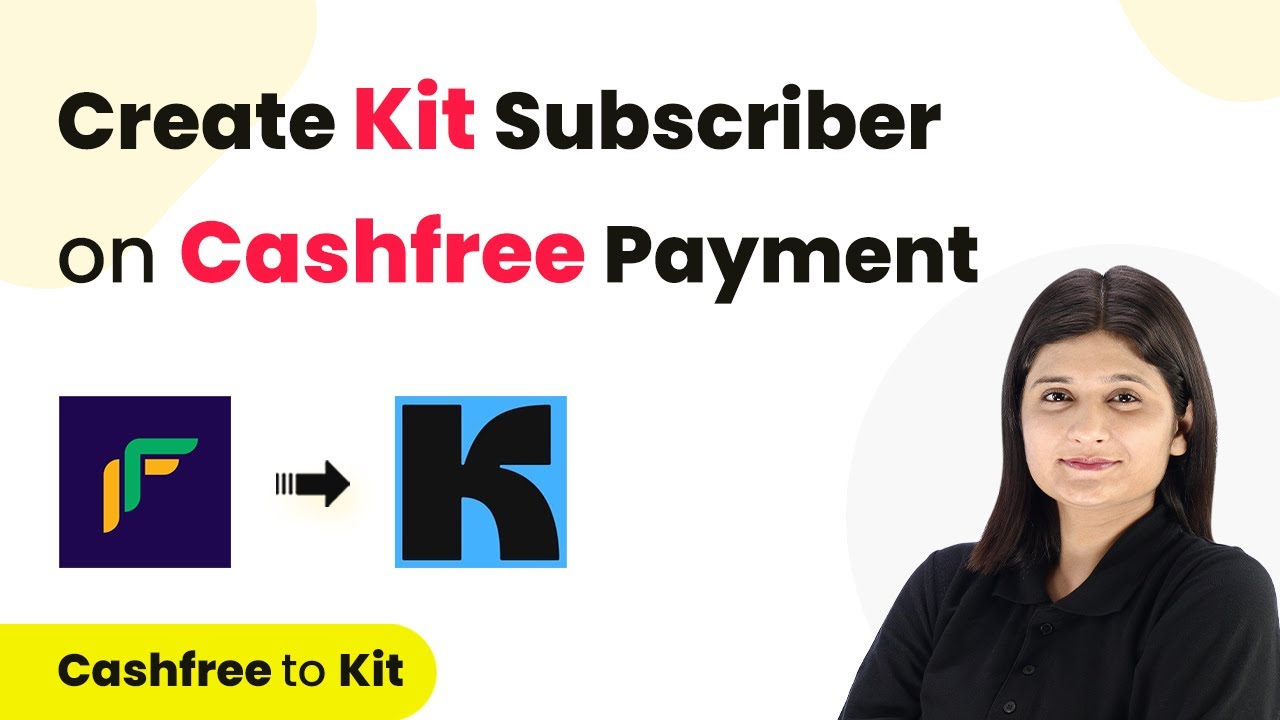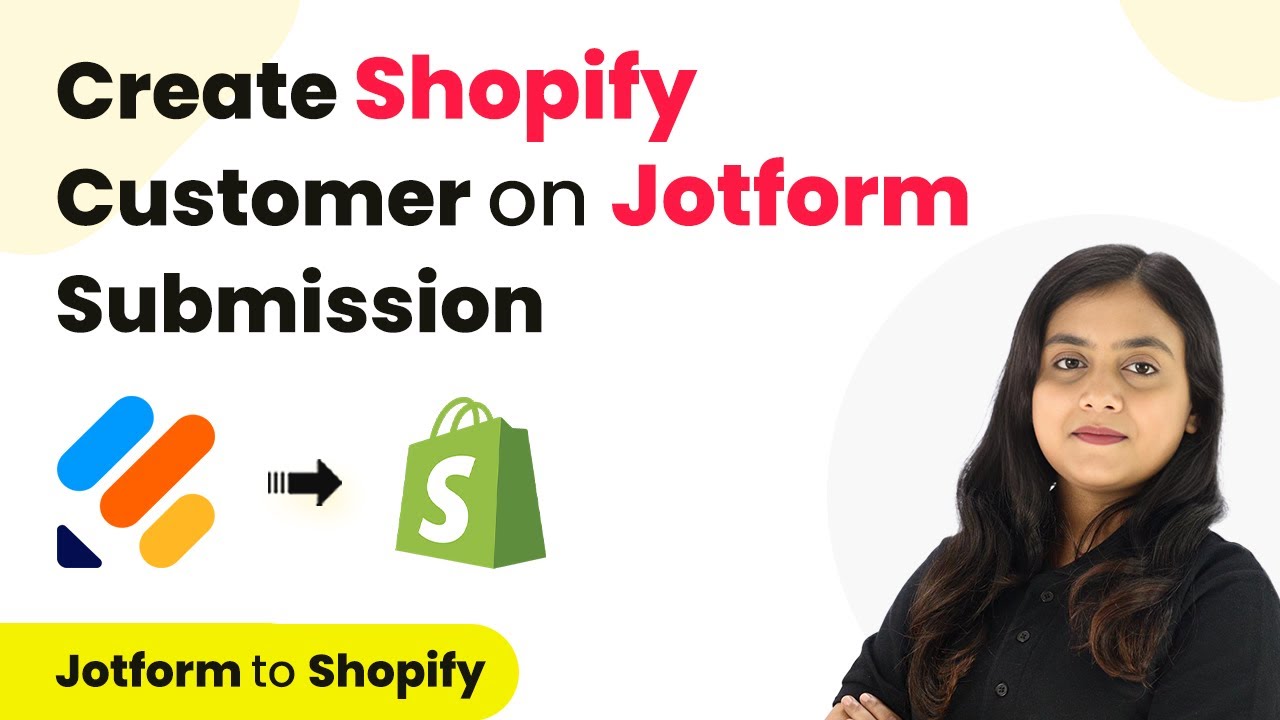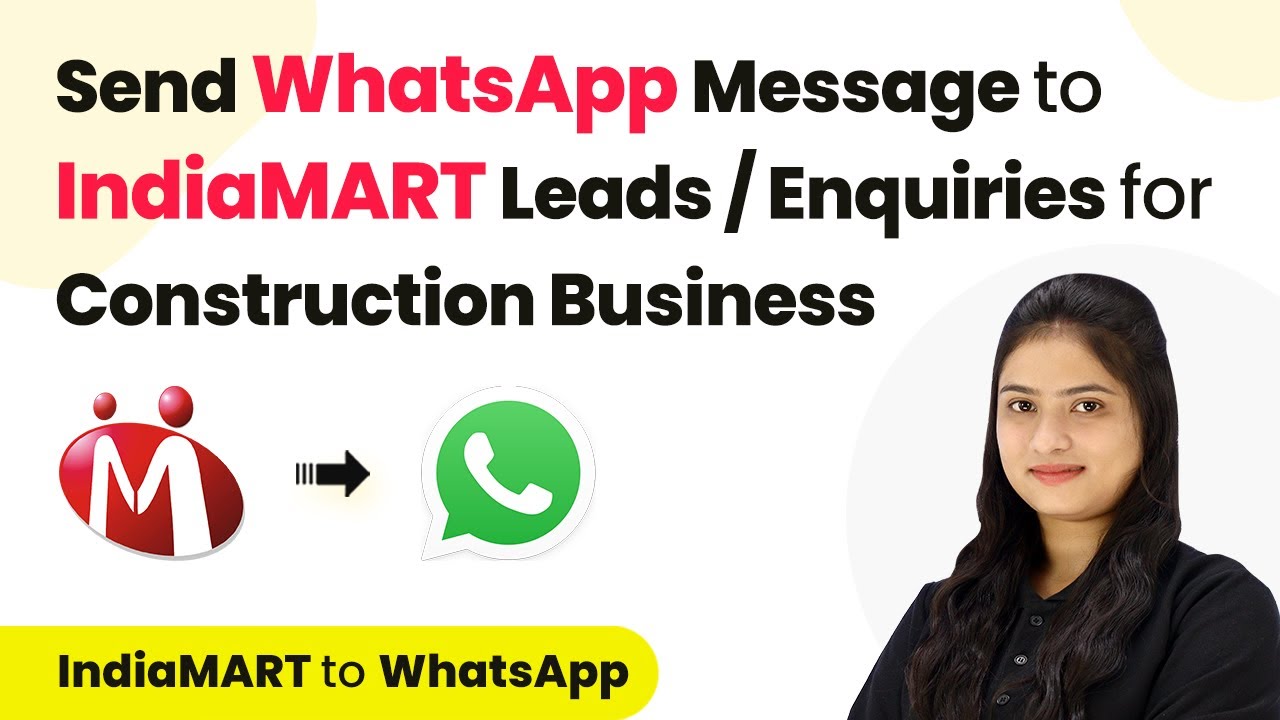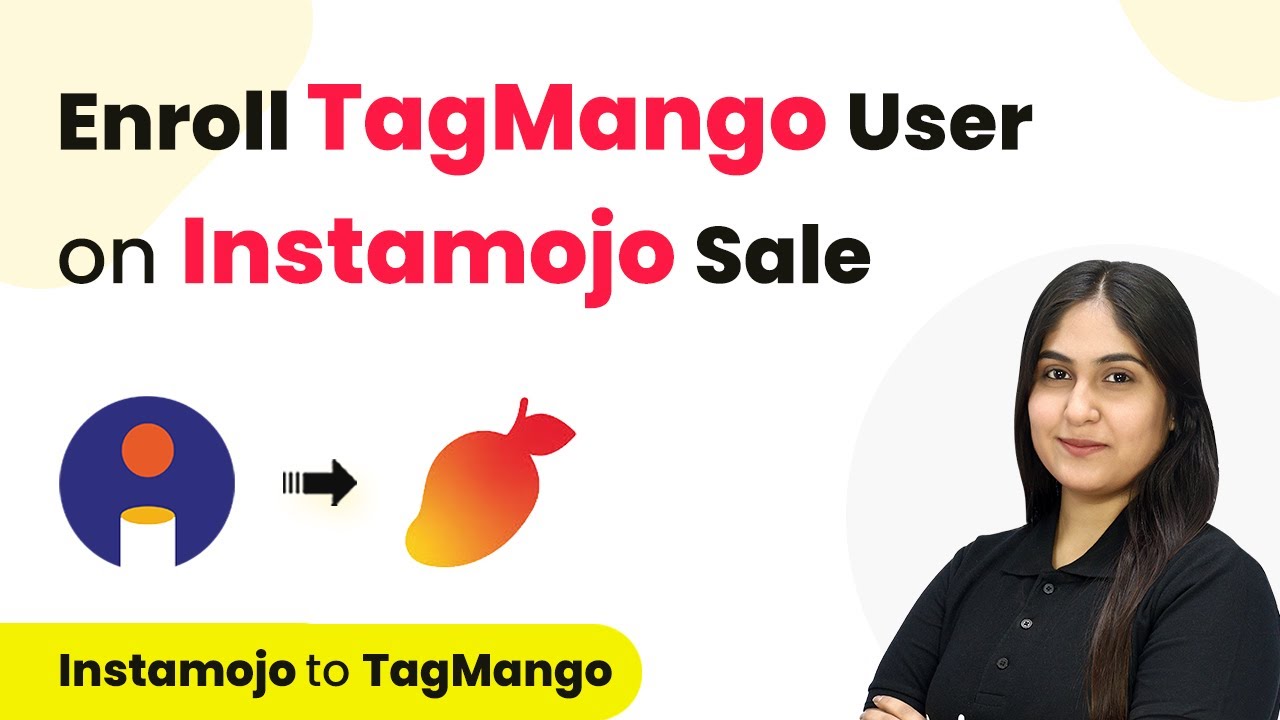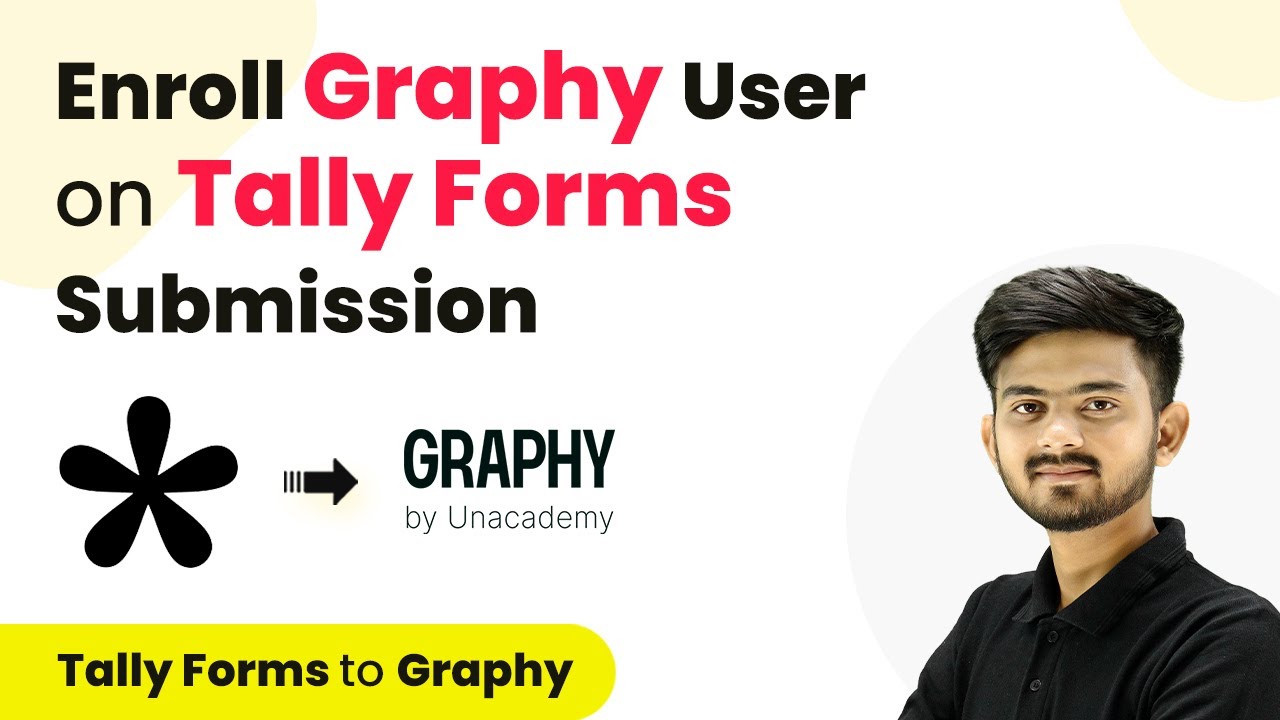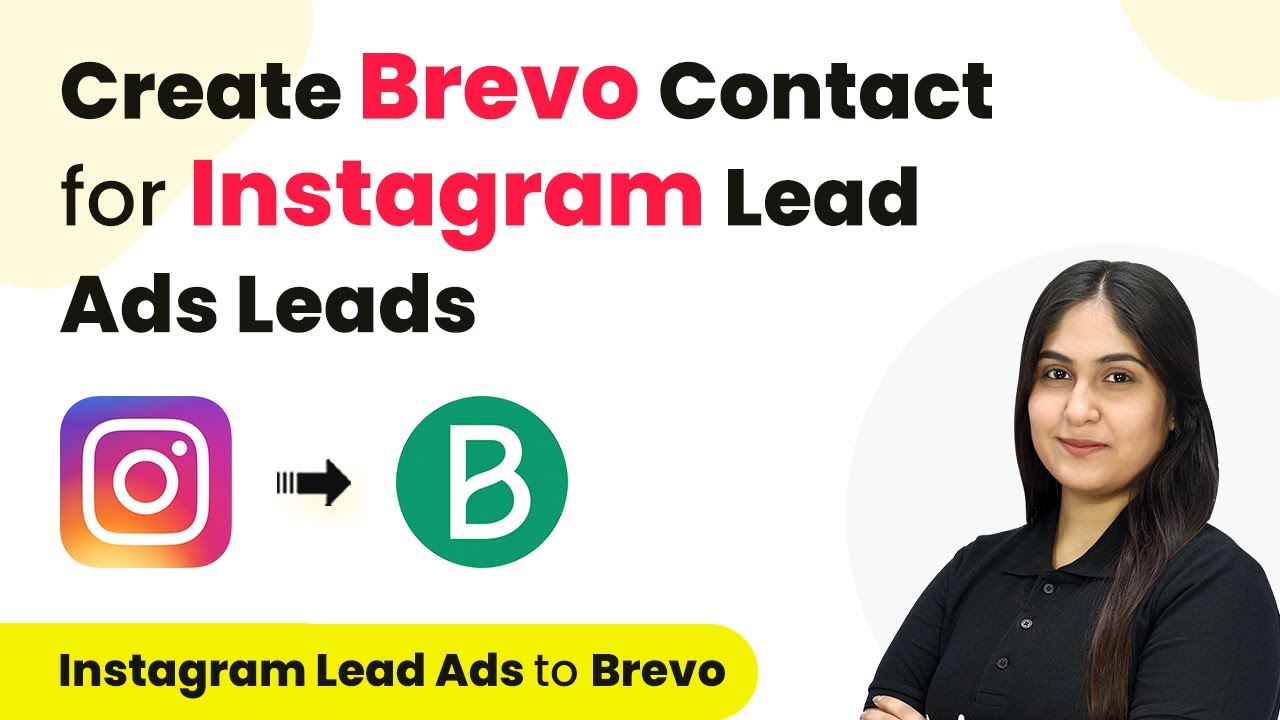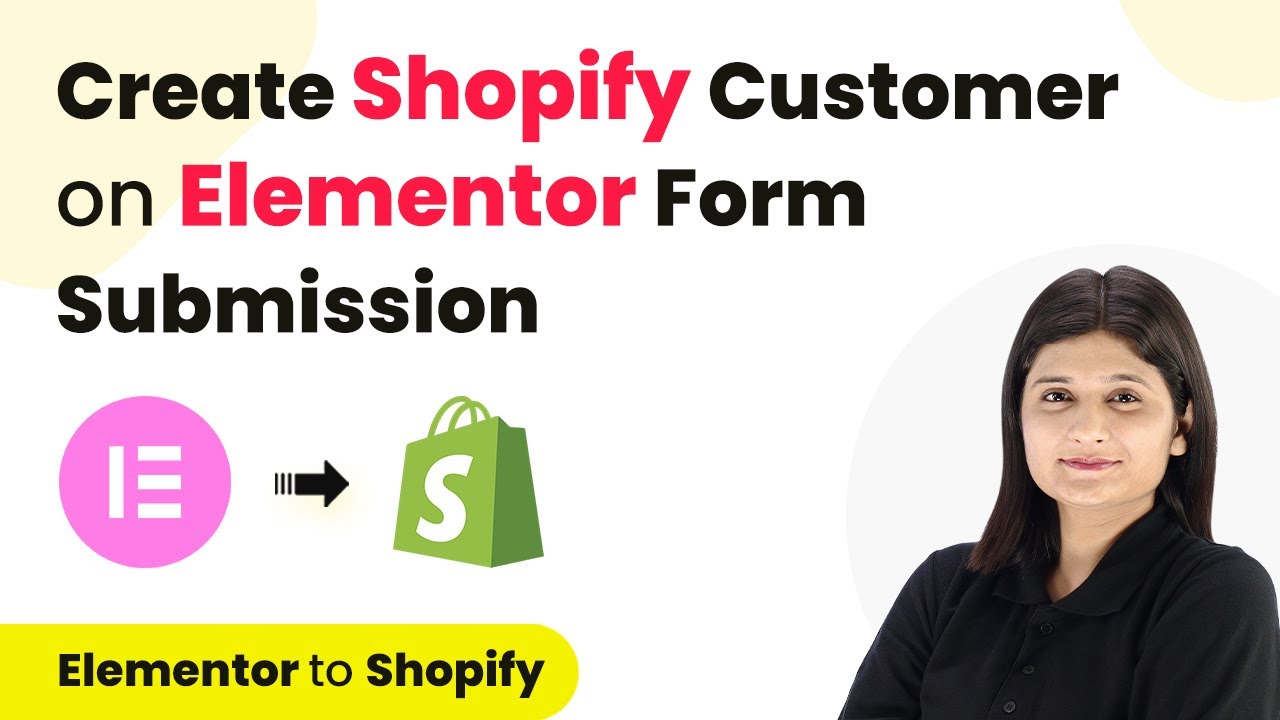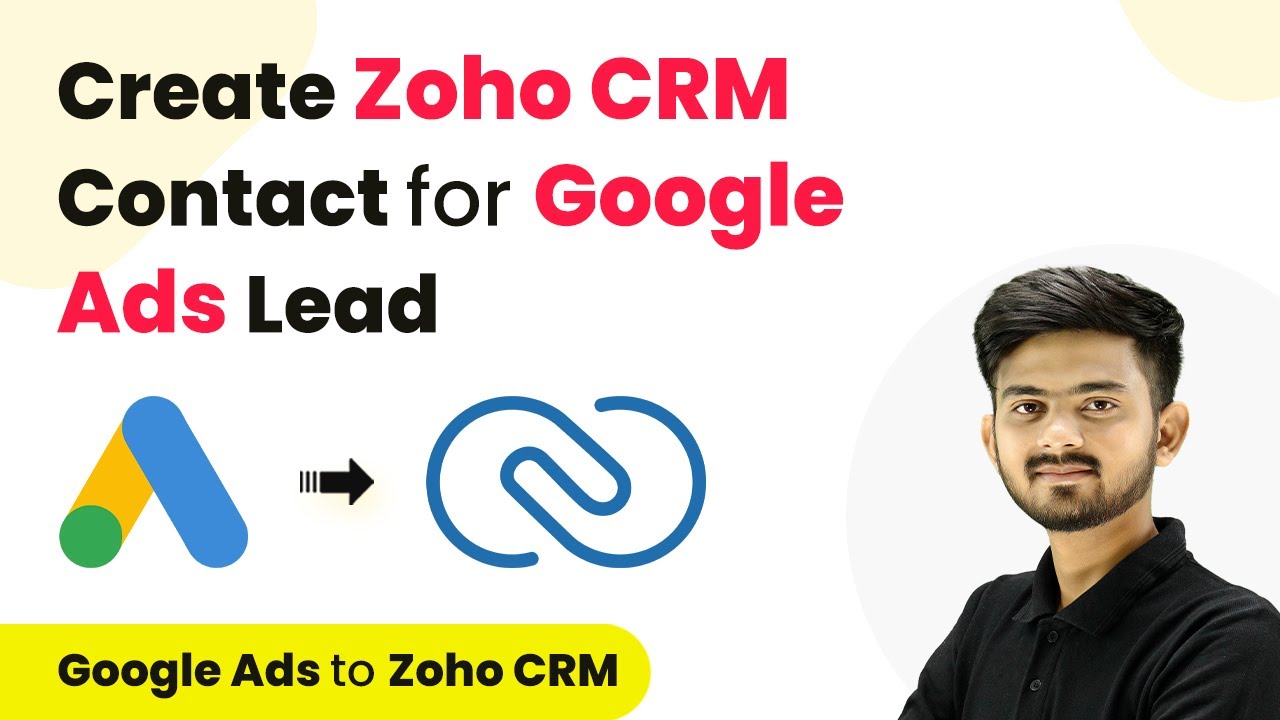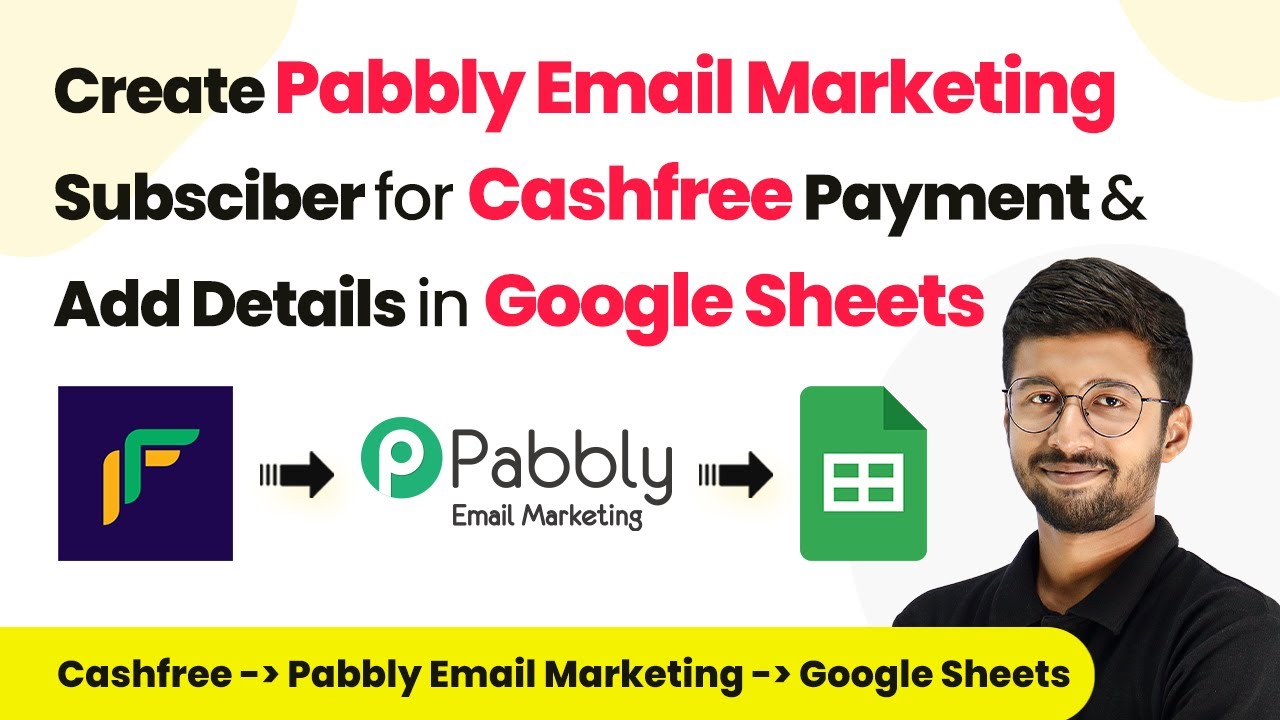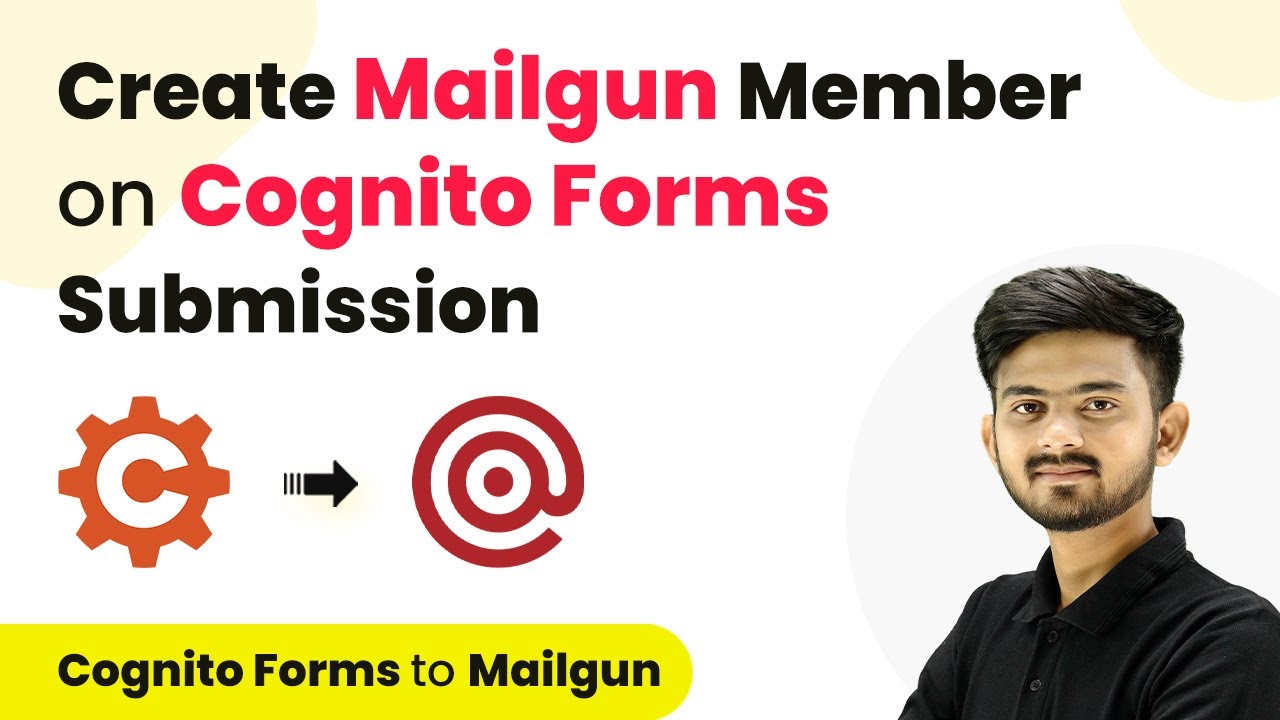Learn how to automate subscriber creation in Kit using Pabbly Connect and Cashfree Payments. Follow these step-by-step instructions for seamless integration. Follow this definitive guide to creating powerful automated workflows with straightforward, efficiency-focused solutions that save valuable time.
Watch Step By Step Video Tutorial Below
1. Accessing Pabbly Connect for Integration
To start integrating Cashfree Payments with Kit, first access Pabbly Connect by visiting the official website. Once there, sign in to your account or create a new one if you are a first-time user. This platform will facilitate the automation process seamlessly.
After logging in, you will see the dashboard where all your workflows are displayed. To create a new workflow, click on the ‘Create Workflow’ button. You will then need to provide a name for your workflow, such as ‘Create Kit Subscriber on Cashfree Payment,’ and select a folder for organization.
2. Setting Up Trigger and Action in Pabbly Connect
In this step, you will define the trigger and action for your automation using Pabbly Connect. The trigger will be set to Cashfree Payments, specifically the event of a new payment. Select ‘Cashfree’ as your trigger application and choose the trigger event as ‘New Payment via Form’.
- Select ‘Cashfree’ as the trigger application.
- Choose ‘New Payment via Form’ as the trigger event.
- Copy the webhook URL provided by Pabbly Connect.
Next, navigate to your Cashfree account and add the webhook URL in the payment form settings. This URL acts as a bridge between Cashfree and Pabbly Connect, allowing data to flow seamlessly when a payment is made.
3. Testing the Webhook Connection in Pabbly Connect
After setting up the webhook, it’s essential to test the connection to ensure everything is working correctly. Make a test payment on your Cashfree checkout page using dummy details. This step will send a response back to Pabbly Connect.
Once the payment is processed, return to Pabbly Connect and click on ‘Recapture Webhook Response’. If the response is successfully captured, it confirms that the integration is set up correctly and is ready for live transactions.
4. Creating a Subscriber in Kit Using Pabbly Connect
Now that the webhook is tested, the next step is to create a subscriber in Kit whenever a payment is made. For this, select Kit as your action application in Pabbly Connect and choose the action event as ‘Create Subscriber’. You will need to connect your Kit account by entering the API key and secret.
Once connected, map the fields from the Cashfree response to the Kit subscriber fields. This includes the email address, first name, last name, and mobile number. Proper mapping is crucial to ensure that each new payment creates a new subscriber with the correct details.
- Map the email field to the email address from Cashfree response.
- Use the first name and last name mapping from the Cashfree response.
- Ensure mobile number is also mapped correctly.
After mapping, click on ‘Save and Send Test Request’ to create the subscriber. Check your Kit dashboard to confirm that the subscriber has been created successfully.
5. Verifying the Automation Workflow in Pabbly Connect
To verify that the entire automation workflow is functioning as intended, perform another test payment on Cashfree. Use different dummy details to ensure the process works for new entries. After completing the payment, check your Kit account once again.
If the new subscriber appears in your Kit dashboard under the correct tag, the automation workflow is successfully set up. This confirms that Pabbly Connect is effectively linking Cashfree Payments and Kit, automating the subscriber creation process.
By following these steps, you can automate the integration between Cashfree and Kit using Pabbly Connect, saving time and reducing manual effort in managing subscribers.
Conclusion
In this tutorial, we demonstrated how to use Pabbly Connect to automate subscriber creation in Kit based on payments made through Cashfree. This integration streamlines your workflow, making it efficient and hassle-free.
Ensure you check out Pabbly Connect to create business automation workflows and reduce manual tasks. Pabbly Connect currently offer integration with 2,000+ applications.
- Check out Pabbly Connect – Automate your business workflows effortlessly!
- Sign Up Free – Start your journey with ease!
- 10,000+ Video Tutorials – Learn step by step!
- Join Pabbly Facebook Group – Connect with 21,000+ like minded people!
